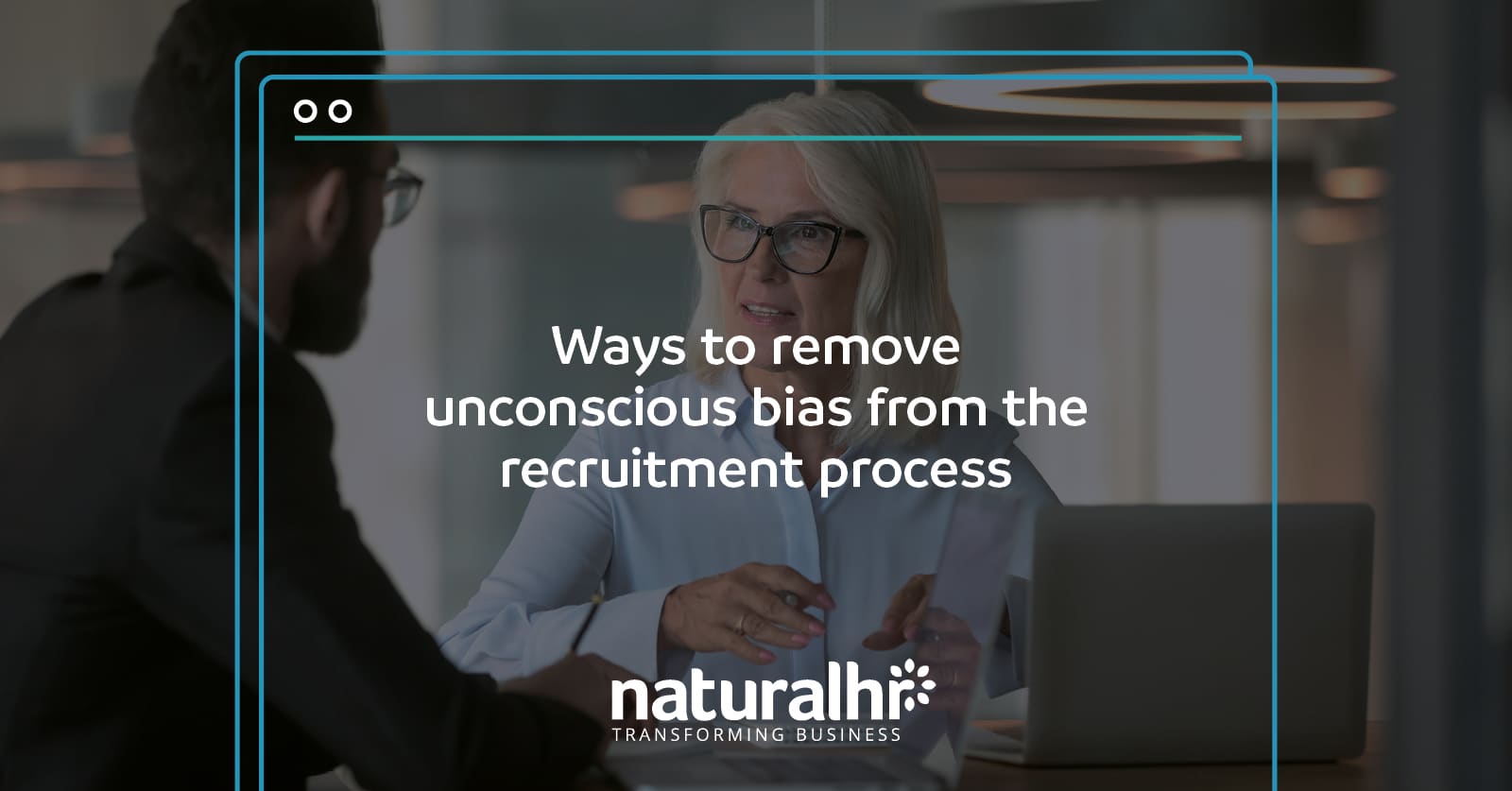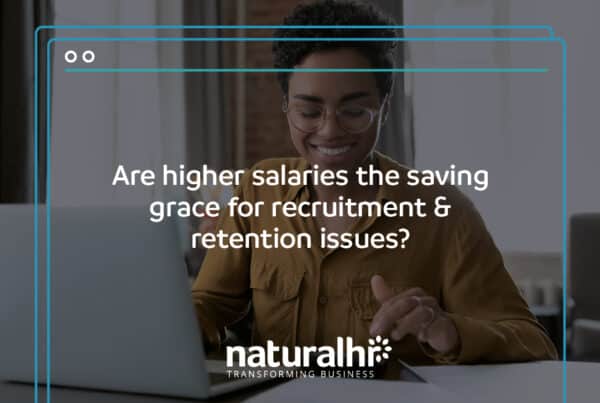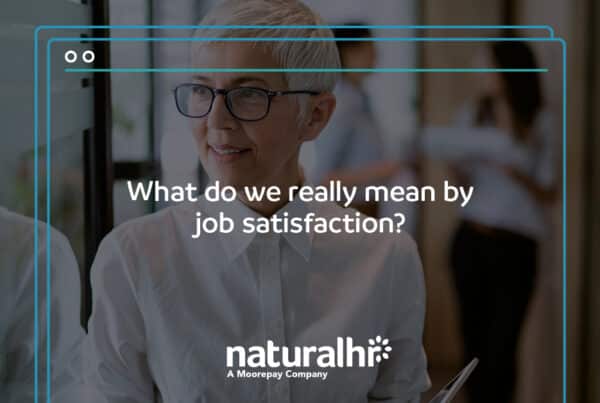
We need to discuss the elephant in the HR room: unconscious bias.
According to research, 79% of HR professionals believe that unconscious bias exists in the recruitment process. But what exactly is this, and how can we ensure it doesn’t sneak into our decision–making when hiring new team members?
In short, unconscious bias is a preference or judgement towards something or someone without conscious awareness. In the workplace, this could refer to certain qualities an employee or candidate possesses, or social categories such as race, gender or disability.
The difficulty lies in the concept name. If it’s ‘unconscious’, how are you supposed to ensure you and your team are not guilty? The Natural HR team is on hand with some tips and tricks that can help you.
Educate on unconscious bias
The first step is education. Unconscious bias is something we all experience in our day-to-day lives, whether we know it or not. But it’s definitely something that we can learn to control in the workplace.
During the recruitment process, you’ll likely involve people from all over the business from different departments and seniority – with staged interviews and culture chats. So you need to make sure everyone is aware of unconscious bias, its impact, and how to prevent it.
Automate parts of the recruitment process
By using HR Software technology to automate recruitment processes, you can remove some of the human elements which could contribute to bias. From screening CVs to sharing pre-interview questionnaires, this helps create a more structured and equal process for all candidates.
Check your job descriptions
Job descriptions are the first point of contact that you’ll have with potential candidates, and will contribute to their initial impression of your company. So when we suggest double or triple checking your word choice, we mean it!
Job descriptions need to be inclusive and encourage diversity. So avoid using gendered or any other language that will alienate a group of people. It could be a good idea to run them past different people in your organisation, in case they catch something you didn’t the first time around.
Implement a blind recruitment process
Blind applications can minimise various biases, from gender and religion to socioeconomic background and sexuality. By removing these details, you can focus on the experience and skills of that person for a particular role – after all, that’s what really matters.
Although blind recruitment can remove unconscious bias from the initial stages of recruitment, it will not help during the face-to-face stages and onboarding. This is why education is really important to limit it in the workplace.
Make data-driven decisions
Unconscious bias comes naturally from our feelings and emotions about certain things, so removing this and focusing on objective data can help. You’re looking for someone who can deliver on the requirements of the role, everything else should be left at the interview door.
Let’s work harder to make the unconscious conscious. If you’d like to learn more about the importance of emotional intelligence in HR, access our free webinar here.
Not only can HR software speed up and streamline your recruitment process, but it can also help eliminate unconscious bias as you look to create a more diverse workforce. Book your free demo with the Natural HR team to find out more.






